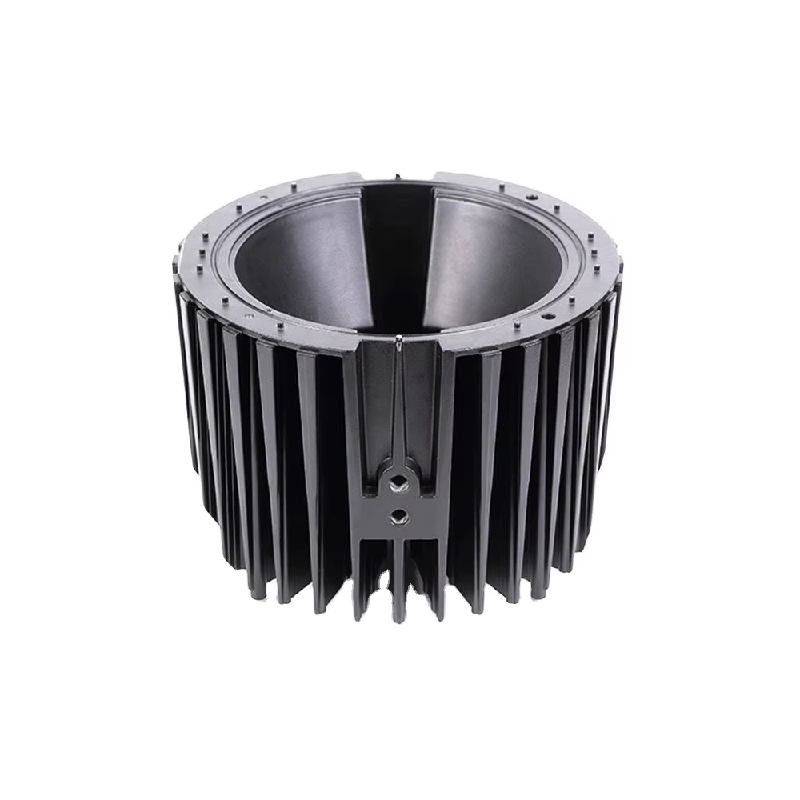Did you ever think why your metal parts have defects while coming out of the die? Such imperfections, i.e. defects, can influence the quality of the end product. Here are some tips and solutions from experts at Runpeng Precision Hardware to get you going when it comes to better quality and understanding of common die casting defects.
Identifying common die casting defects
There are many defects when manufacturing metal parts through die casting. Common forms of defects are: porosity, shrinkage, cold shuts, flashes, and misruns.
Porosity is that very small voids or cavities created in the metal part, commonly from trapped air or gas during the time it was casted. Shrinkage occurs when the metal cools enough to solidify, but does so too rapidly causes shrinkage and voids to form in the part. Cold shuts happen when the liquid metal doesn't completely merge and leaves a line on a part as it solidifies. Flash is a bulb of metal remaining along the edge of a part that is flushed out of the mold cavity. Misruns occur as a result of insufficient filling of a mold cavity with molten metal, resulting in incomplete sections, or voids within the part.
Knowing the sources of part quality problems
These typical defects can be attributed to many reasons such as poor effective gas venting, non-optimized mold design, low mold-fill temperature and poor condition of the machine. Insufficient venting can result in the air or gas being trapped in the mold cavity and result in porosity. The wrong mold design can also lead to problems such as shrinkage, cold shut and misrun. Insufficient pouring temperature may induce the metal to rapidly solidify, resulting in shrinkage and porosity. Inadequate machine maintenance can lead to problems such as flash and misruns from faulty die casting machinery.
Professional advice to boost die casting quality
Experts recommend the following tips to enhance part quality in die casting:
Proper mold design: Good design features such as proper venting, gating, etc. can help in reducing defects such as porosity and shrinkage.
Keep the pouring temperature in check: Keeping an eye on the pouring temperature of your molten metal and controlling it will help to avoid shrinkage, porosity and other problems.
Proper machine maintenance: Regular maintenance will result in proper functioning of die casting machines which will in turn avoid defects such as flash/ misrun processes.
Quality materials: You can increase the overall quality and strength of the part by casting with high quality metals and alloys.
Remedies for reducing defects in the process of manufacture
In order to mitigate the defects that occur during die casting manufacturing, in addition to the expert advice, finding the solutions is what this article aims to explain. These solutions include:
Good mold venting: Sufficient venting in the mold cavity can eliminate porosity and trapped air in the metal part.
Optimal Mold design: The use of the right sized gates, runners and cooling channels is important in optimizing the flow of molten metal and reducing defects such as shrinkage and cold shuts.
Controlling the Pouring Temperature: The pouring temperature of the molten metal need to be observed and it need to be adjusted in case issues of shrinkage and pore are found.
Quality control measures: It is good to constantly check and test metal parts during the die casting process so that defects are detected and addressed early.
Approaches to Improve Quality of Parts in Die Casting Operations
Strategies for Enhanced Part Quality in Die Casting Several strategies are essential to improving part quality in die casting operations.
Kaizen: Consistently reviewing and refining your die casting operations can yield insights into defects and ultimately help improve part quality.
Training & development: Train & development opportunities can be provided for employees to enhance the skill and knowledge for die casting operations.
Teamwork and effective communication: Facilitating good teamwork and effective communication among team members could in turn facilitate the production process and minimize error.
Innovation and technology: New technology and innovative solutions can improve overall efficiency and quality of die casting process.
These recommendations offer a variety of ways to ensure better quality and reduced defects when die casting. Because, at Runpeng Precision Hardware, quality is our number one priority and we are obsessed with producing metal parts for our customers. We Appreciate Your Reading and Hope That You Liked this Article on Common Die Casting Defects and How to attain better part quality!

